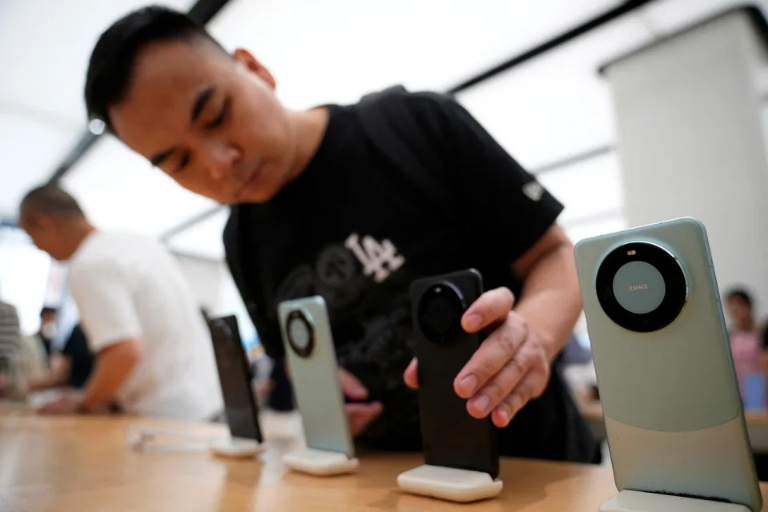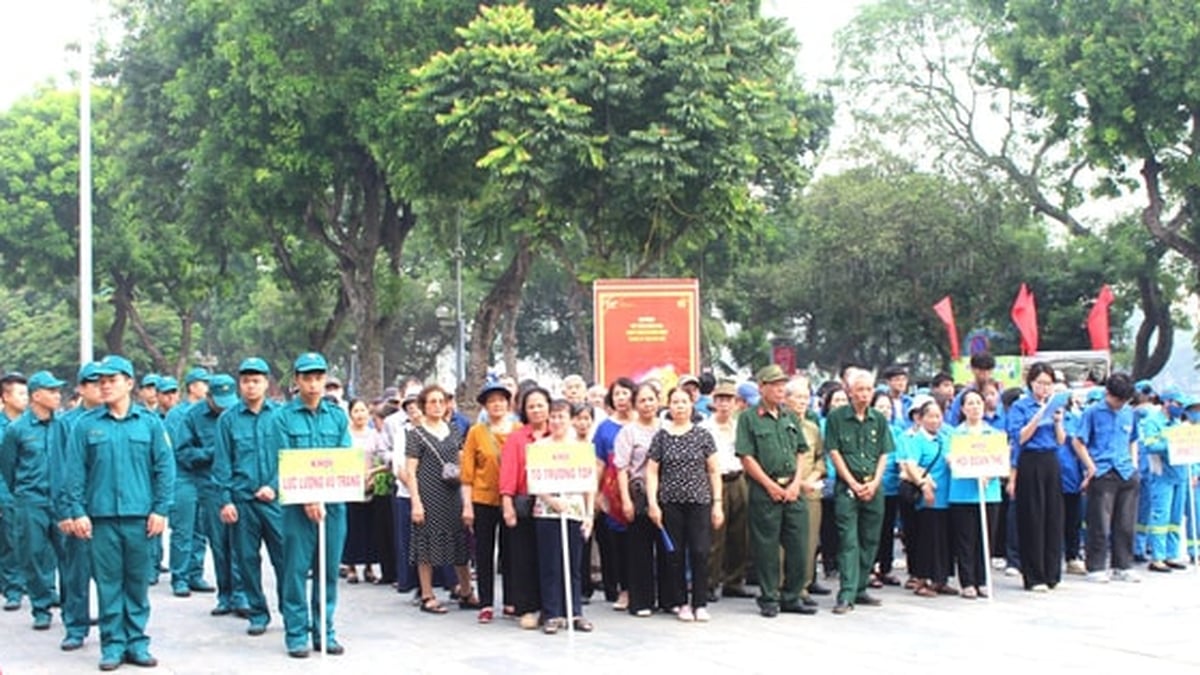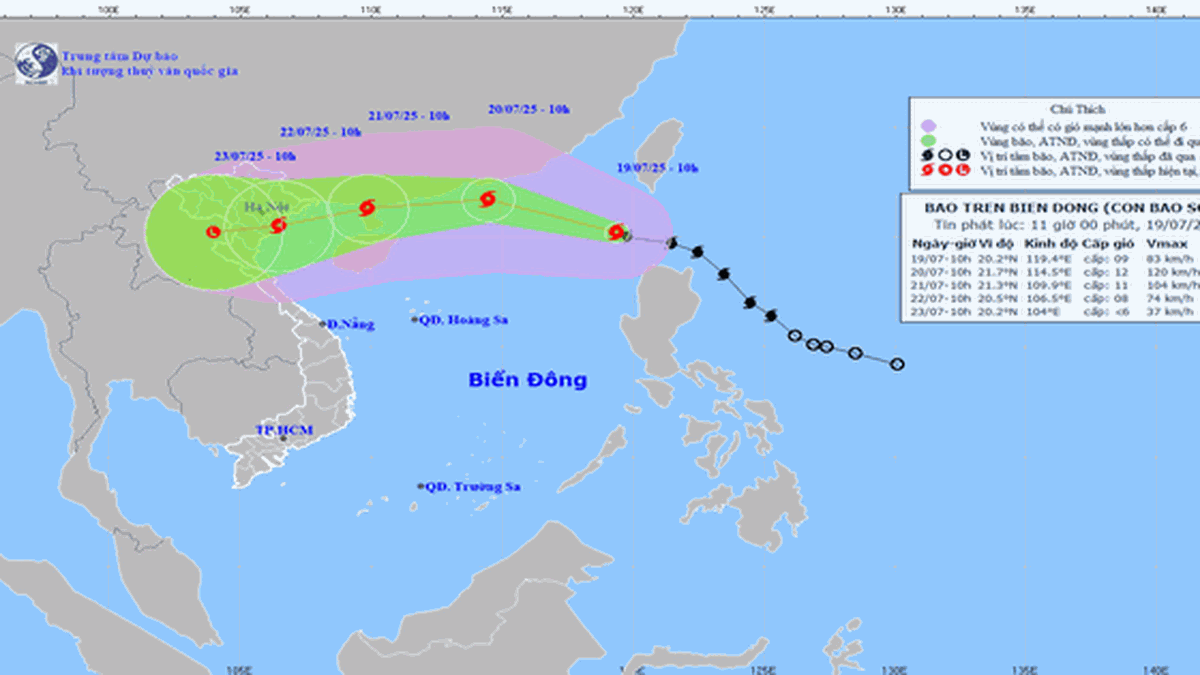According to Engadget , such a network would help Huawei reach businesses that are key to developing lithography machines. Lithography, especially ultraviolet lithography, would normally have to be imported into China, but the technology is currently restricted by sanctions from the US, the Netherlands, and Japan.

Mate 60 series is equipped with Huawei's "homegrown" 7nm chip
Because of this limitation, Huawei has gone so far as to transfer “about a dozen patents to SiCarrier,” as well as having SiCarrier’s elite engineers work directly at its facilities, suggesting a close symbiotic relationship between the two companies.
Bloomberg’s investigation found that Huawei hired former employees of Dutch lithography giant ASML to make the breakthrough, which resulted in the Kirin 9000S 7nm chip manufactured by SMIC, which is about five years behind its top competitors and the opposite of the eight-year forecast by the US government .
Huawei's Mate 60, Mate 60 Pro, Mate 60 Pro+, and foldable Mate X5 are all powered by the Kirin 9000S chip. Other components such as the display (BOE), camera module (OFILM), and battery (Sunwoda) are also sourced from China.
Essentially, Huawei has its own local business network, which allows it to be less dependent on imported components and even potentially become a breakthrough for the Chinese chip industry, especially in the era of electric vehicles and artificial intelligence (AI) - where more chips are needed than ever.
Source link



































































































Comment (0)